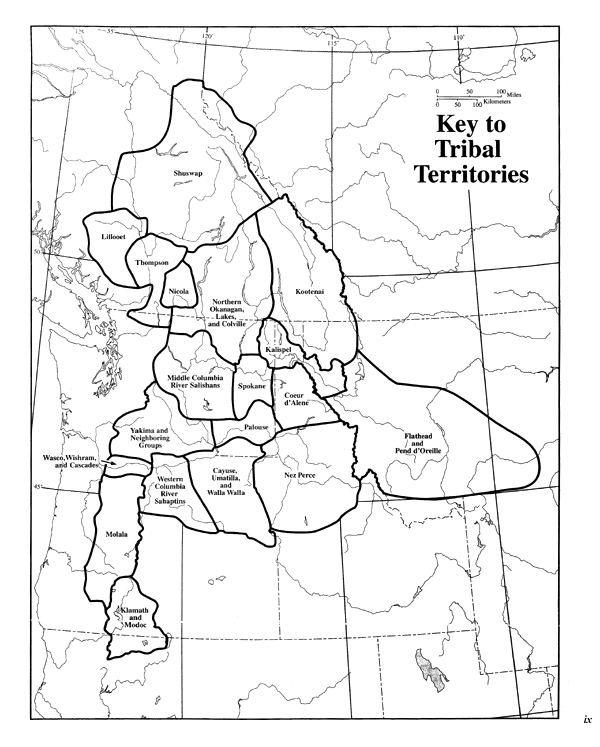Story Tour Stop: Edminster Student Union Building
Social Organization
We were lucky, in recent times, to have learned how Coeur d’Alenes thought of themselves as 'one people,' in the 19th century. That bit of oral history was provided by a man whose grandmother was among the first baptized at the Catholic Sacred Heart Mission, in the homelands of his ancestors. At that time, when European people first arrived, the Coeur d'Alene people had an over-arching political organization.
The Coeur d’Alene people lived along the rivers, mountains and valleys that spanned from present-day Montana to Washington and the North fork of the Clearwater to the Clark fork. Their traditional territory, mostly subsistence lands, spiritual sites, and seasonal camps or permanent village locations. The political method employed across this indigenous nation was consensus.
Depth of time was certainly a factor in the continuity of the Coeur d'Alene people, apart physically as any collection of families might have been, separated by Mount St. Joe Baldy from the drainage of the St. Joe River, by the lake from the prairies to the west, south fork of the Clearwater River. Always rejoining as the seasons permitted for celebration, trading and reacquainting.
We are one, according to our elder consultant, because of the language. That was the common factor most essential to all of those self-sufficient families. The last quarter of the nineteenth century brought about many changes for the Coeur d’Alene people. The forced move to the reservation, adoption of a new form of government while acquiring the knowledge needed to sustain the next generations.
The Coeur d’Alene have never forgotten or abandoned our homelands or our collective sense of those places and people from whom we are descended.

"Plateau: Key to Tribal Territories", Handbook of North American Indians. V.12: Plateau, Edited by Deward W. Walker, Jr. Washington: Smithsonian Institution, 1998.